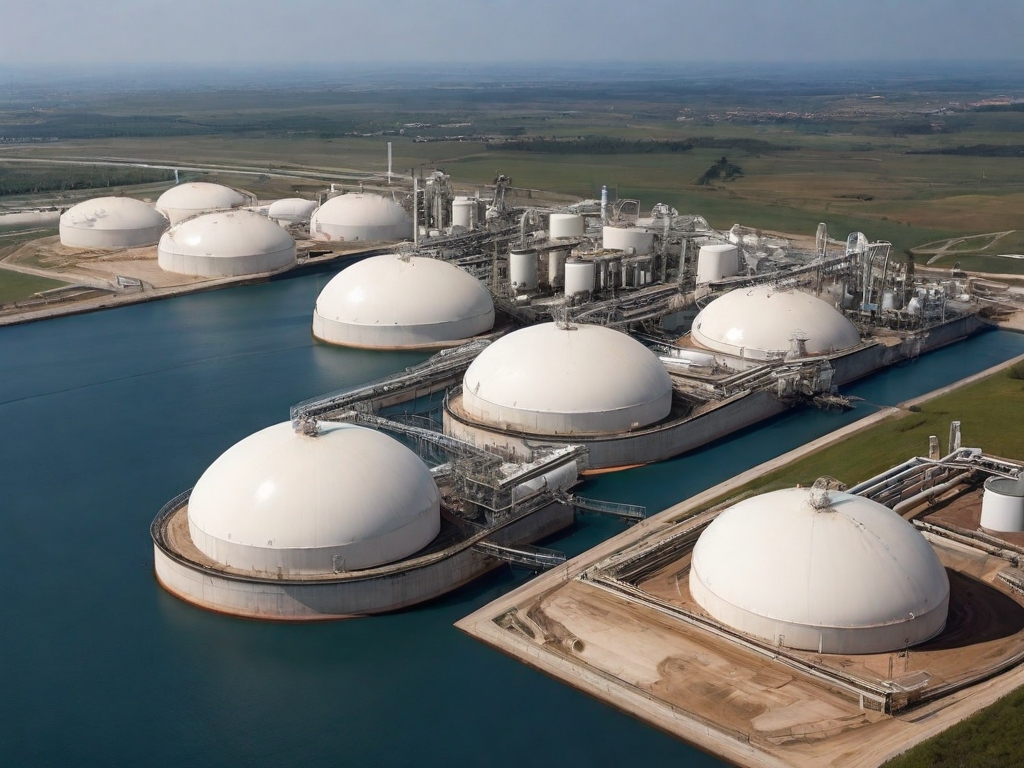Welcome to the Intrinsically Safe Store, your one-stop-shop for all your safety equipment needs. We are dedicated to providing you with the most reliable and up-to-date information on hazardous area classifications. In this article, we will delve into the National Electrical Code (NEC) Hazardous Area Classifications, specifically Class 1 Division 1 and Class 1 Division 2. We invite you to explore our website for a wide range of safety equipment that adheres to these classifications.
NEC Hazardous Area Classifications: An Overview
The National Electrical Code (NEC) provides guidelines for electrical installations in hazardous locations. These locations are classified based on the nature and degree of the hazards present. The two primary classifications we will focus on are Class 1 Division 1 and Class 1 Division 2.

Class 1 Division 1
We define Class 1 Division 1 as a location where a hazardous concentration of flammable gases or vapors may exist under normal operating conditions. This could also include areas where such concentrations may exist frequently due to repair or maintenance operations or due to leakage.
Class 1 Division 2
On the other hand, people handle, process, or use volatile flammable liquids or flammable gases in Class 1 Division 2. However, these hazardous liquids, vapors, or gases normally stay confined within closed containers or systems and will only escape in the event of an accidental rupture or breakdown of such containers or systems.
Key Differences Between Class 1 Division 1 and Class 1 Division 2
Understanding the differences between these two classifications is crucial for selecting the appropriate safety equipment. Here are the key differences:
- Frequency of Hazardous Conditions: We expect hazardous conditions to be present during normal operations in Class 1 Division 1. In contrast, we do not expect hazardous conditions to occur during normal operations in Class 1 Division 2.
- Containment of Hazardous Materials: In Class 1 Division 1, hazardous materials may be present in the air. In Class 1 Division 2, hazardous materials are typically contained within closed systems.
Importance of Adhering to NEC Hazardous Area Classifications
Adhering to NEC Hazardous Area Classifications is not just a matter of regulatory compliance, but also a matter of safety. Using equipment that is not rated for a particular classification can lead to catastrophic accidents, including fires and explosions. Therefore, it is crucial to understand these classifications and select equipment accordingly.
How Intrinsically Safe Store Can Help
At the Intrinsically Safe Store, we understand the importance of safety in hazardous areas. We offer a wide range of safety equipment that complies with Hazardous Area Classifications. Whether you need equipment for Class 1 Division 1 or Class 1 Division 2 areas, we have you covered.
Navigating NEC Hazardous Area Classifications
Understanding NEC Hazardous Area Classifications is crucial for ensuring safety in hazardous areas. The key differences between Class 1 Division 1 and Class 1 Division 2 lie in the frequency of hazardous conditions and the containment of hazardous materials. At the Intrinsically Safe Store, we are committed to providing you with the right safety equipment for your needs. Contact us today for more information.


